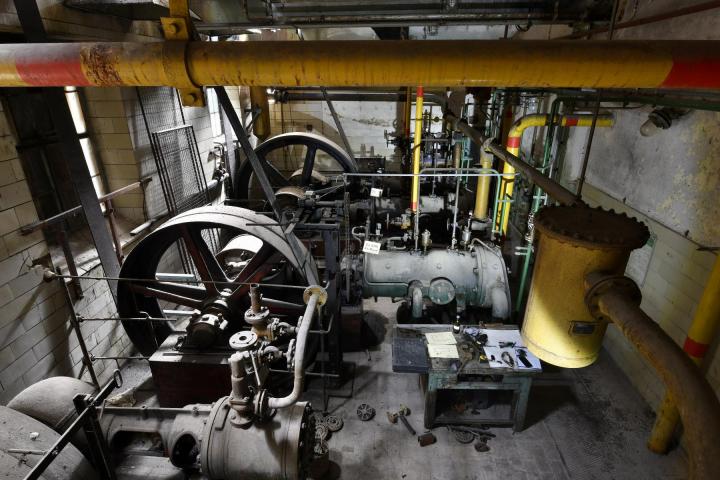
Hydrogen was produced in Ústí and Labem by the Austrian Association for Chemical and Metallurgical Production as early as 1897 and the historical compressors illustrate the use of hydrogen at that time. The Schicht family were pioneers of margarine in Austria-Hungary. The first one from 1903 bore the still well-known Ceres brand. The solidification plant in the Střekov district of Ústí nad Labem was the first in Europe and the fourth in the world.
In 1912, thanks to hydrogen from the local chemical plant, the Austrian physicist Viktor Franz Hess ascended from Ústí nad Labem with his balloon to a height of five kilometres and confirmed cosmic rays with measurements. He was awarded the Nobel Prize for this discovery.
"The transition from coal to hydrogen technologies is of symbolic significance in the Ústí nad Labem Region. So it is quite natural that the Faculty of Mechanical Engineering decided to contribute to the preservation of the roots of hydrogen technology by supporting the preservation of a technical monument," said the Dean of the Faculty of Mechanical Engineering, Prof. Michael Valášek.
Historic hydrogen compressors were in daily operation until the late 1980s, when they were replaced by new compressor stations. The landmark machines have survived to the present day because they were maintained as backups. The compressors first had to be dismantled for the move. The largest machines have an inertia cast iron wheel with a diameter of almost three metres and a weight of 7 to 8 tonnes.
Photography, courtesy of: Jiří Preclík, Muzeum města Ústí nad Labem